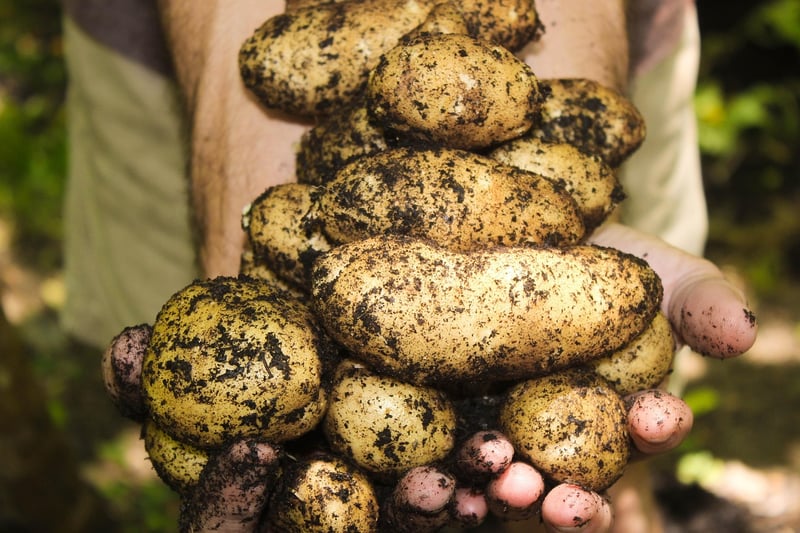Companion Planting
Protect Your Plants with Companion Planting
Are you looking for natural ways to protect your plants from pests and enhance their growth? Companion planting might be the solution you've been searching for. By strategically planting certain combinations of flowers, herbs, and vegetables together, you can create a harmonious ecosystem that benefits your garden in numerous ways.
What is Companion Planting?
Companion planting is a gardening technique where different plants are grown near each other to achieve specific benefits. These benefits include pest control, pollination assistance, improved flavor, and increased yield.
Benefits of Companion Planting
- Natural Pest Control: Some plants repel pests, while others attract beneficial insects that feed on harmful pests.
- Improved Soil Health: Certain plants help to fix nitrogen in the soil or act as natural mulch, improving soil fertility.
- Enhanced Growth: Companion plants can support each other's growth by providing shade, support, or nutrients.
- Attractive Garden Design: Companion planting can create visually appealing combinations of colors, textures, and heights in your garden.
Examples of Companion Planting
Here are some popular examples of companion planting:
- Tomatoes and Basil: Planting basil near tomatoes can improve the flavor of the tomatoes and repel pests like tomato hornworms.
- Marigolds and Vegetables: Marigolds are known to repel nematodes and other pests harmful to vegetables like tomatoes and cucumbers.
- Corn, Beans, and Squash: The Three Sisters planting technique involves planting corn, beans, and squash together. Corn provides support for beans, beans fix nitrogen in the soil, and squash acts as a living mulch, suppressing weeds.
Get Started with Companion Planting
If you're ready to try companion planting in your garden, start by researching plant combinations that work well together. Consider factors like sunlight requirements, soil preferences, and growth habits when planning your garden layout. Experiment with different combinations to see what works best for your plants.
Protect your plants the natural way with companion planting and create a thriving garden ecosystem that benefits both you and the environment.

For more information on companion planting and gardening tips, visit The Old Farmer's Almanac.
